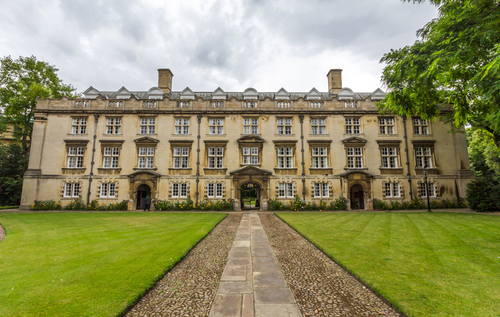Student Loans 101: Understanding the Basics
Skyrocketing higher education costs are forcing young American adults to take out even more loans. The total amount of U.S. student loan debt is just over $1.2 trillion, with an average amount of $30,200 spread across 43 million Americans.
Before you start down this road, you should know what you’re getting into. Understanding the differences between federal and private loans is one of the first steps in deciding the right type of loan for you.
Generally, it is advisable to seek out federal loans first. These are government-funded and have fixed interest rates. Currently, both direct subsidized and unsubsidized loans have a rate of 4.29 percent for undergraduates. Additionally, federal loans allow you to postpone repayment until you leave school entirely or are enrolled less than half-time.
Private loans are funded by lenders such as banks, credit unions, state agencies, or schools, and typically will allow you to borrow more than you would under a federal loan. But because these loans are often run by for-profit corporations, they tend to be stricter than federal loans, and usually charge higher interest rates. These rates can range anywhere from 2 to 14 percent, with the average rate between 9 and 12 percent.
Rates are usually subject to change and are primarily determined by your credit rating. However, many students entering college have little or no credit history, so they are considered high risk borrowers. In these scenarios a cosigner (an adult with an existing credit history) must agree to share the loan with you. If the cosigner has a good credit score, it can actually help you receive a lower interest rate and improve the chances of your loan being approved. In the case of missed payments or default, the cosigner is on the line.
If you have the opportunity to use a federal subsidized loan, go for it. This means that the Department of Education will pay any interest accrued while you are still enrolled in school at least half-time, as well as “for the first six months after you leave school [and] during a period of deferment,” according to the Department of Education.
Subsidized loans are available to undergraduate students that demonstrate financial need. Unsubsidized loans require no demonstration of financial need, and are available to both undergraduate and graduate students. But like private loans, you will have to pay the interest that will begin accruing the day you take out the loan.
When it eventually comes time to repay your loans, there are a few different plans to consider. For most federal loans you have six months after you graduate before you must start repaying.
The standard plans constitute the first and most basic category, with fixed rates for either 10 or 25 years, depending on your personal situation.
The graduated plans make up the next category, offering monthly payments that gradually increase over a period of either 10 or 25 years.
Finally, the income-based repayment plans make up the third category. These plans are all tied directly to your discretionary income (your net income after taxes and other mandatory charges), and can last anywhere from 12 to 25 years.
If you have multiple federal loans, you may have the option to consolidate them into a single monthly payment at no additional expense. For private loans, your repayment is determined by the plan to which you agreed with your loan provider. If this plan does not suit your needs, it may be worth considering refinancing through another company.
Good luck moving forward!
Click here to sign up for the Daily Economy weekly digest!









